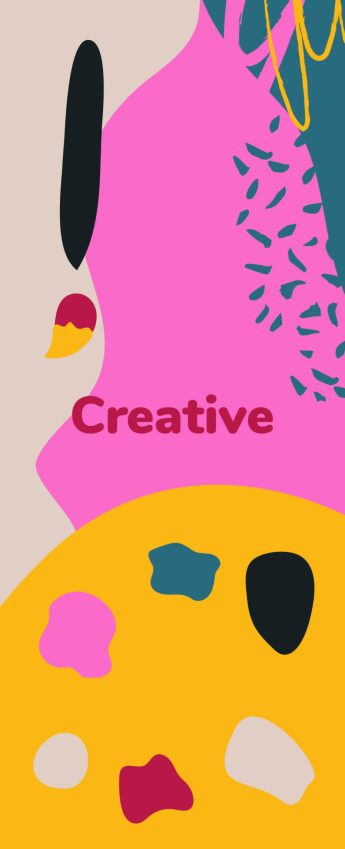Is ‘Creativity for Good’, good for creativity?

In 2013, D&AD introduced the White Pencil to honour ‘sustainable and ethical advertising and design that makes a real difference.’ It was originally intended to mark the organisation’s 50th anniversary by ‘putting D&AD’s global community to work in the service of a cause.’ That cause was Peace Day.
There is now an annual category that champions ‘Creativity for Good’ and, in April 2016, a dedicated award scheme was launched – D&AD Impact – to celebrate creativity that stimulates positive change in the world and encourage creatives to ‘do well by doing good’.
At this year’s Festival, Thomas Kolster wasn’t the only keynote speaker espousing the virtues of ‘Goodvertising’. A look at the list of 2017’s top pencil winners suggests that creatives can certainly win good by doing good.
Of the 62 Yellow pencils handed out, exactly half were awarded to work for noble causes or featured issue-based creative. These 31 pencils embrace an admirably diverse range of subject matter: black oppression, neo nazism, autism, visual impairment, facial disfigurement, domestic violence, road safety, disability, sick children, dementia, urban (community) regeneration, LGBT pride, freedom of speech, breast cancer, weapons control, plastic pollution, refugee crisis, online bullying, gender discrimination.
All 5 Black pencils were elevated from the above ‘worthy’ group.
As an industry, we can be justifiably proud of this. And there is no doubt that every piece merits its level of award for both ‘greatness’ of idea and ‘beauty’ of execution: the guiding D&AD tenet.
But it occurs to me that this year’s spread of blacks and yellows does not represent the day-to-day reality of the industry that we work in. Look at your agency’s client list. Is half your roster comprised of brands, products, charities or services that exist to address a human good?
While nobody would argue against using our creative skills to foster ideas that make the world a better place, we may be short-changing the many millions of commercial brands that demand equal measures of our creativity, invention and craft to simply win friends, boost custom and preserve a place in the market.
In our noble pursuit of all things altruistic, we may also be encouraging a narrower framework for creative expression.
A scan of this year’s top pencil winners reveals – to me, at least – a dearth of humour and a paucity of creative that serves, primarily, to entertain. Dougal Wilson’s ‘Meet the Paralympians’ film is an exception – a double Black pencil winner that pulls off a rare trick of being simultaneously ennobling and entertaining. Perhaps not unexpected from a former creative who cut his teeth writing riotously funny (and handsomely awarded) ads for Irn-Bru.
It does beg the question: have we started taking ourselves too seriously?
There is no doubt that when creatives are tasked with capturing the hearts and minds of consumers, it helps if the client or subject matter resonates on an emotional or human level. It’s much easier to persuade people to care about dementia than Domestos. Awards jurors are no different.
Of course, simply working on a charity brief does not dictate that awards and fame will follow. Rare levels of thinking and exceptional craft skills are still required to create truly standout work.
But it would be a real shame if our juries were to start discriminating – even unconsciously – against work for brands that advance no human good other than delighting our tastebuds, tickling our funny bones or killing 99% of household germs.
Because, for a good majority of creatives, these everyday brands remain our bread and low-fat, spreadable butter.


